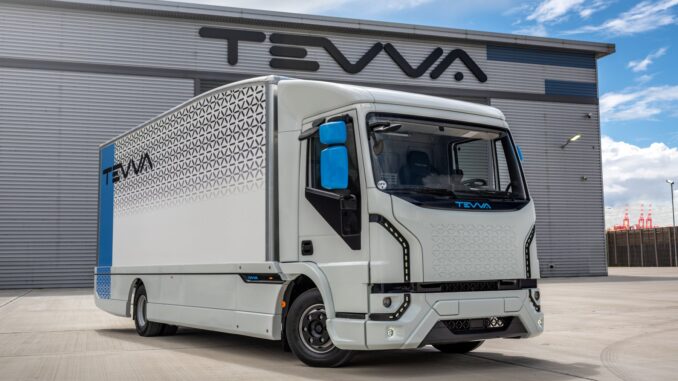
EV uptake – Moving commercial fleets to electric vehicles (EVs) is crucial to the Labor government’s National Electric Vehicle Strategy, according to renewable energy transformation experts at management consultancy, Partners in Performance.
Labor is leading the way with policy changes and investments to boost the uptake of EVs. Apart from pledging that its fleet purchases and leases will be 75 per cent electric by 2025, two main factors stand out from Labor’s recent announcement – the Fringe Benefits Tax (FBT) and salary sacrifice.
There will now be $345 million allocated to the Electric Vehicle Discount, exempting eligible EVs from the FBT and the five per cent import tariff. This translates to savings of $9,000 a year on a $50,000 EV for an employer, or savings of $4,700 for an individual on a salary sacrifice arrangement.
The question for Australia is now this: Can the trademark Aussie ute, deemed a tax write-off, be replaced with its cleaner and greener EV counterpart?
Brian Innes, a Partner at Partners in Performance says, “A burgeoning economic case with the change to the FBT rules and incoming of utes in a few years, is to look at the total cost of ownership. This is for both corporate fleets and salary sacrificing programs, to engage and rapidly increase the uptake of EVs.
“The critical point lies in corporations understanding and managing EV charging infrastructure and home to work charging with EVs. Furthermore, corporations will have to get up to speed rapidly, by getting on board with EVs in ways that suit their respective business offerings. They need to be ready to incorporate charging in a way that is feasible to their duties, and wholly understand their role in transitioning to EVs.”
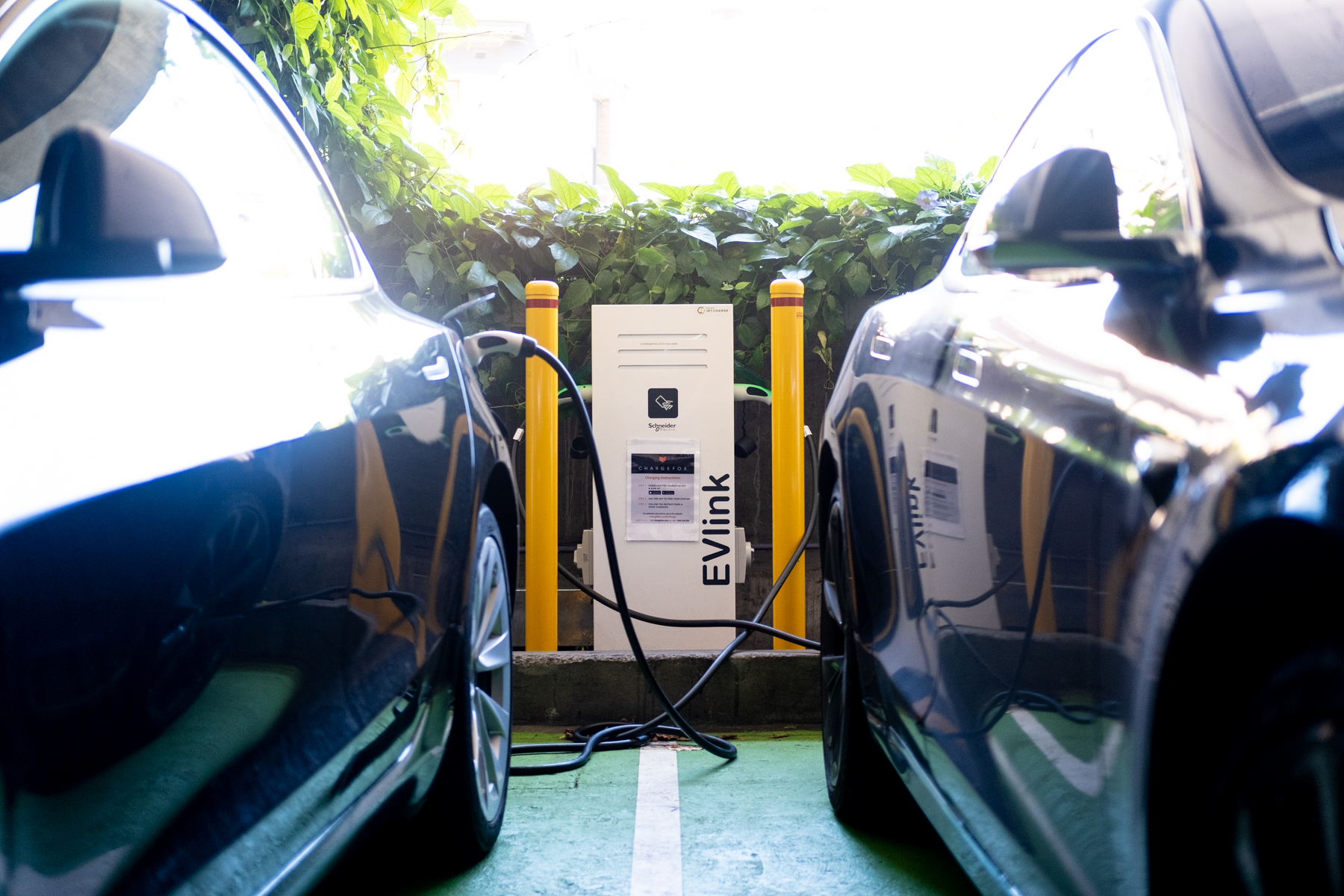
Australia’s transport sector alone is the fourth biggest contributor to the nation’s overall carbon emissions. EVs powered by green energy, stand to reduce Australia’s carbon emissions by 6 to 7 per cent.
Australian industries expected to ‘drive’ the first batches of mass EV uptake include food logistics companies, delivery-type businesses, and mobile service providers such as mobile bankers.
Many automotive manufacturers have committed to increasing the number of EV options within their fleet for the freight and logistics industries. IDTechEx forecasts the penetration of electric trucks into the global medium and heavy-duty market to be 9 per cent by 2030. However, several barriers to entry for the trucking industry must be considered to increase the uptake of electric trucks. Apart from increasing model availability, the lack of, and cost of charging infrastructure must be addressed.
With cutting down on carbon emissions taking centre stage in the global climate crisis, there is no better time for the rollout of EVs with policy changes to tackle this issue, and the government’s commitment to enhancing infrastructure.
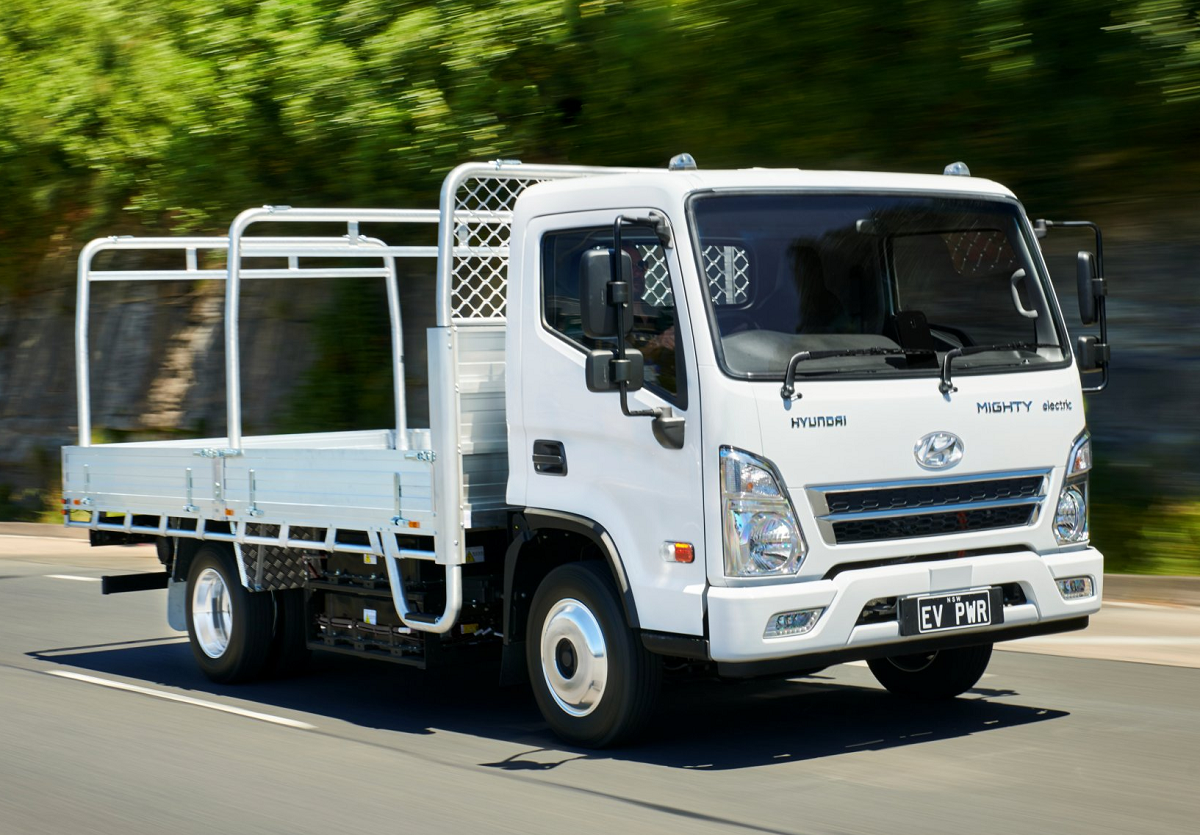
Driving the Nation fund- EV uptake
The Federal Government’s announcement of the $500 million ‘Driving the Nation’ fund, which includes improving charging infrastructure along 117 highway sites and hydrogen highways for key freight routes, is a move in the right direction. Labor plans to deliver 16 hydrogen refuelling stations on Australia’s busiest freight routes. Charging infrastructure concerns of both individuals, and the transport and logistics industry, will be addressed with charging stations at an average interval of 150 kilometres on major roads. These stations will also be interoperable with all EV models and all other charging networks.
Discussing infrastructure, Mr Innes added, “EVs can alleviate the pressure on the grid, as they gain popularity. Corporations can enhance EV uptake by having them charged while they are parked, in the hours between 10am to 3pm at work.
“Doing this will mean the excess solar energy from the grid can be stored in EVs, ensuring stability in the system while reducing infrastructure spend on the distribution system and the grid. The key to successfully transitioning to EV fleets is harnessing available resources and utilising it to capacity.”
Additionally, $20 billion has been allocated to upgrading the electricity grid. This includes investing in the Marinus Link to connect Tasmania’s Battery of the Nation pumped hydro and renewables to the East Coast transmission network.
As the number of EVs increase, and act as ‘mobile sponges’, energy transformation experts such as Mr Innes question whether it makes sense to invest $20 billion in the immobile grid?
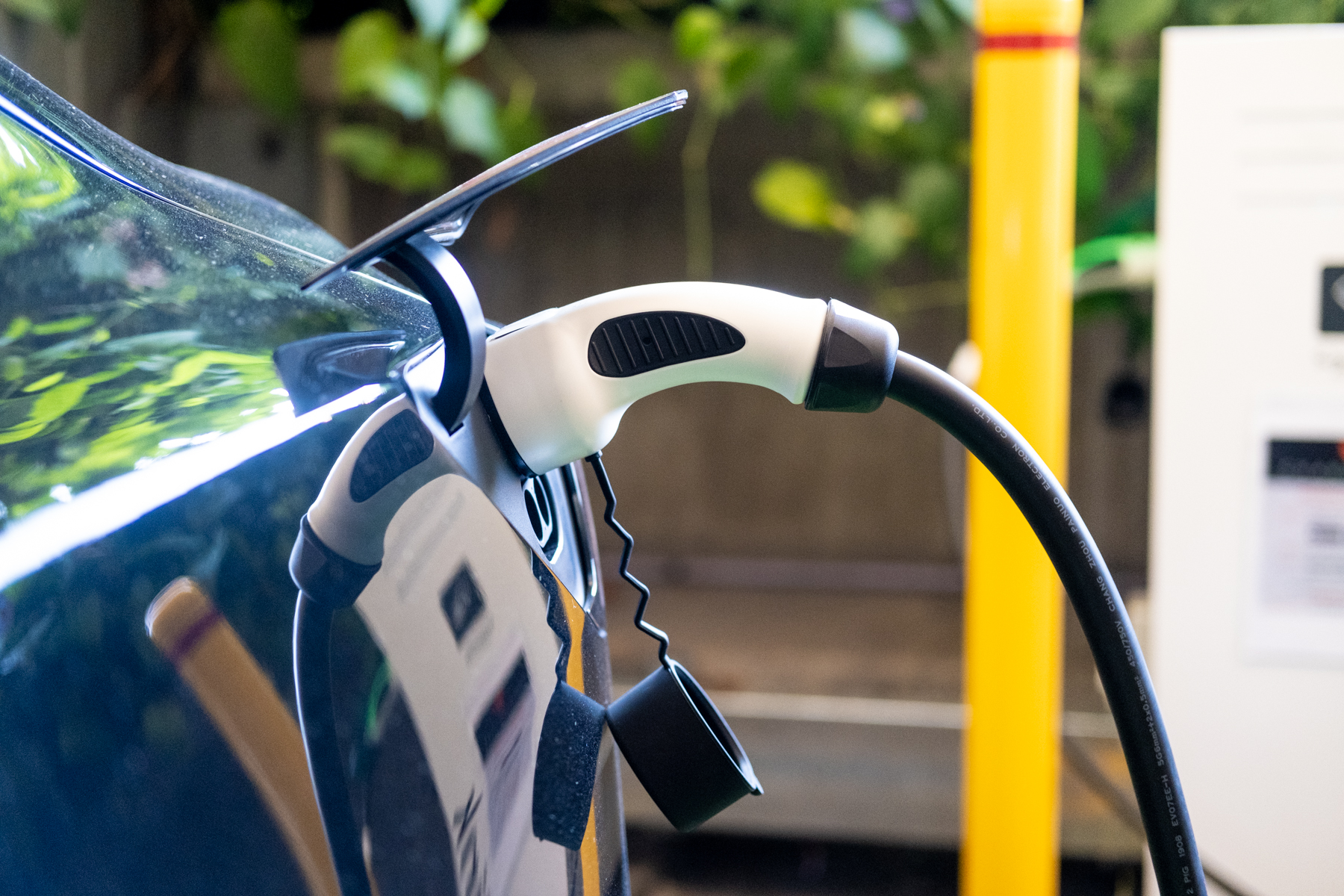
Western Australia has come a long way in its adoption of renewable energy: 82 per cent in an isolated gigawatt (GW) scale grid- presumably, the highest for a GW grid globally. This is a commendable achievement by the state, as there were no government incentives or regulations that drove it. Rather ‘people power’ was the driving force, with 65 per cent of this energy harnessed from solar panels on the rooftops of Western Australian homes.
Mr Innes added, ”Riding on Western Australia’s huge success in its renewable energy journey, we need to mirror this ‘people power’ effect to storage and EVs.
“It is not just about government incentives, but the motivation to do it because people are informed and want to. Additionally, a positive ‘side effect’ as the electricity grid gets greener and as we start using EVs to soak up the excess solar energy generated from our rooftops, is the significant reduction of greenhouse gases. This aligns with Australia’s goal in reducing emissions.
“However, ultimately, changing mindsets holds the key to successfully transitioning to renewable energy sources and embracing more sustainable technology such as EVs.”

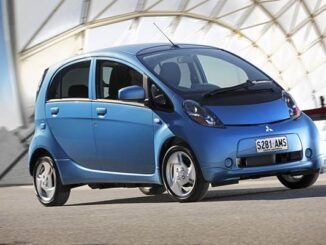
Be the first to comment